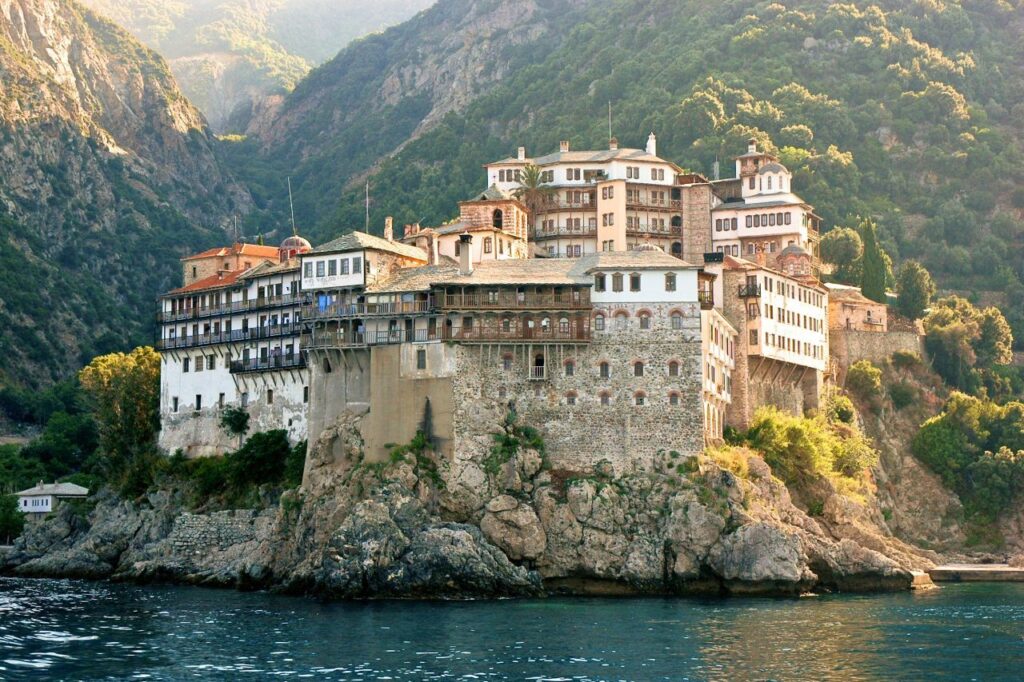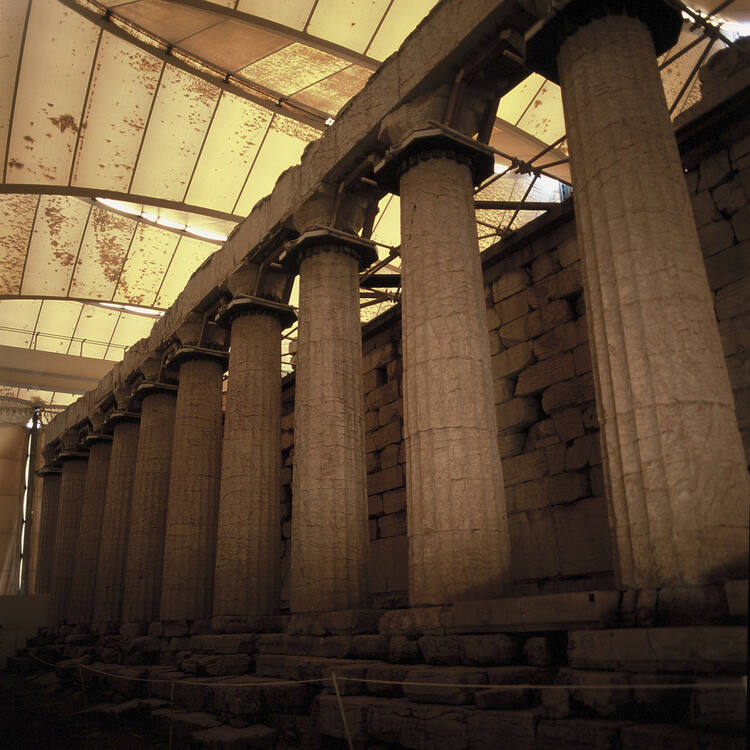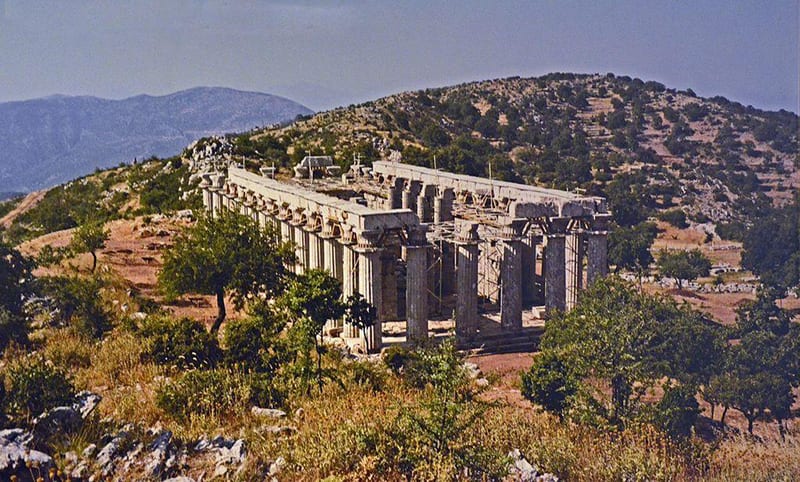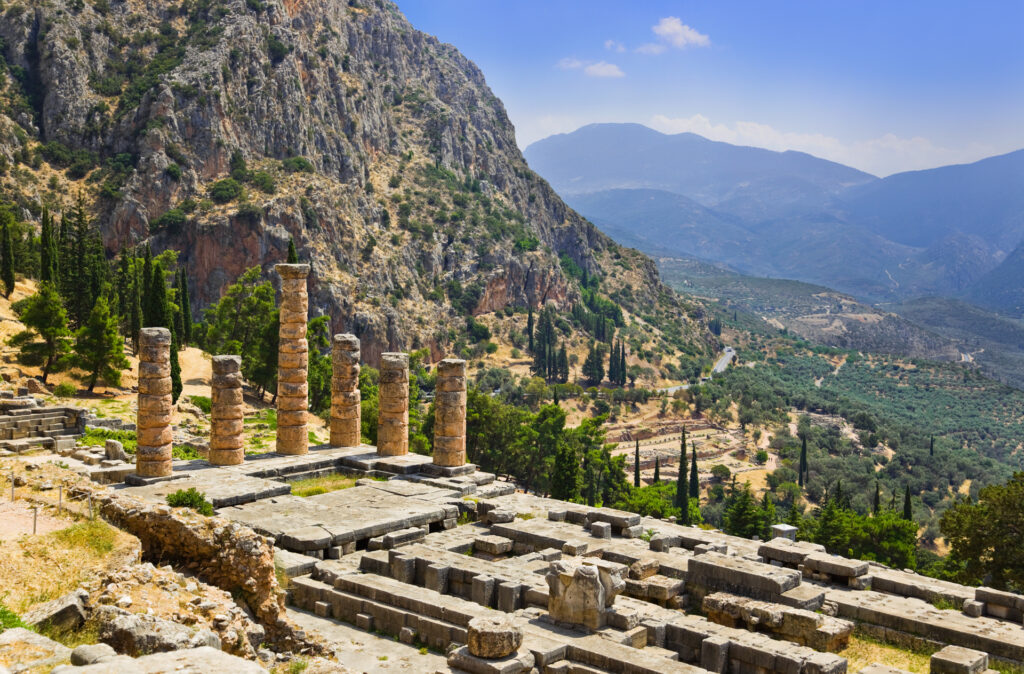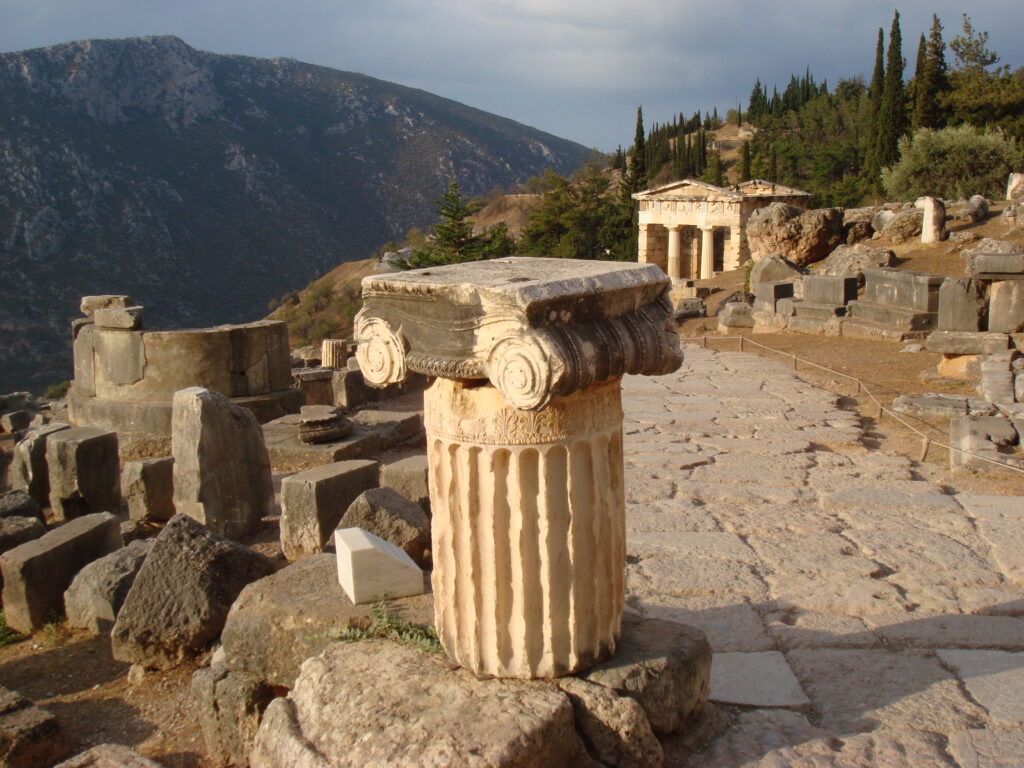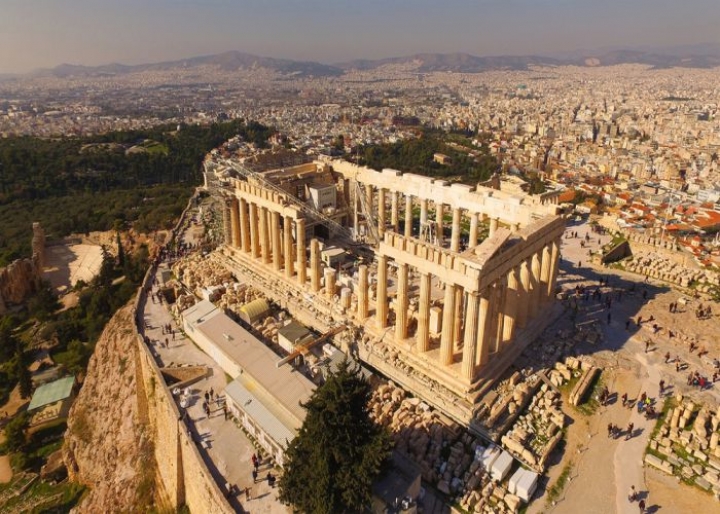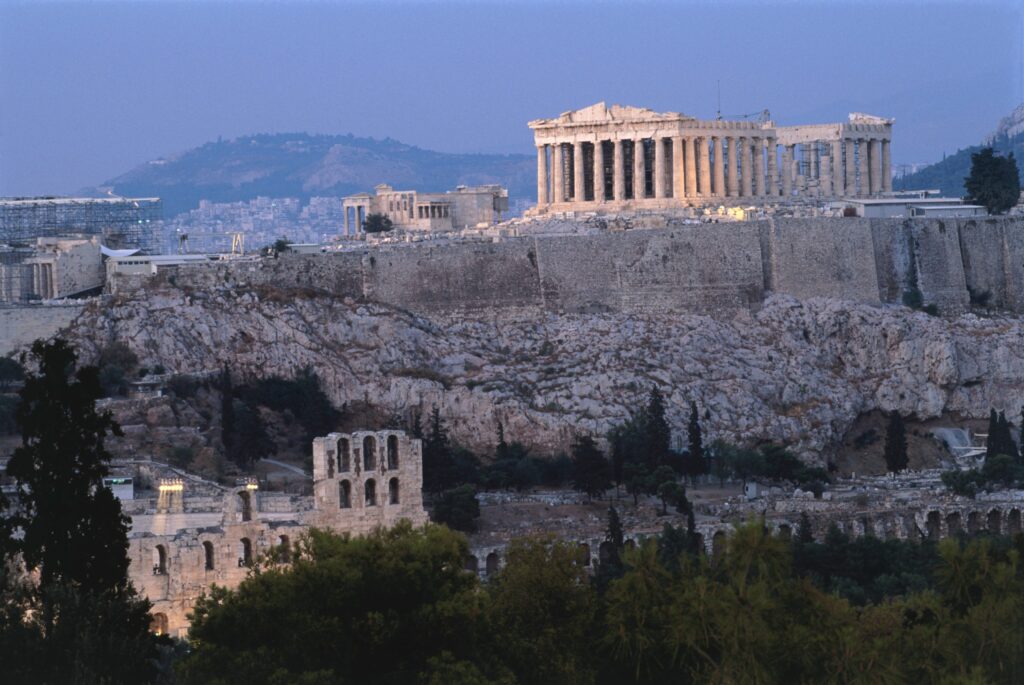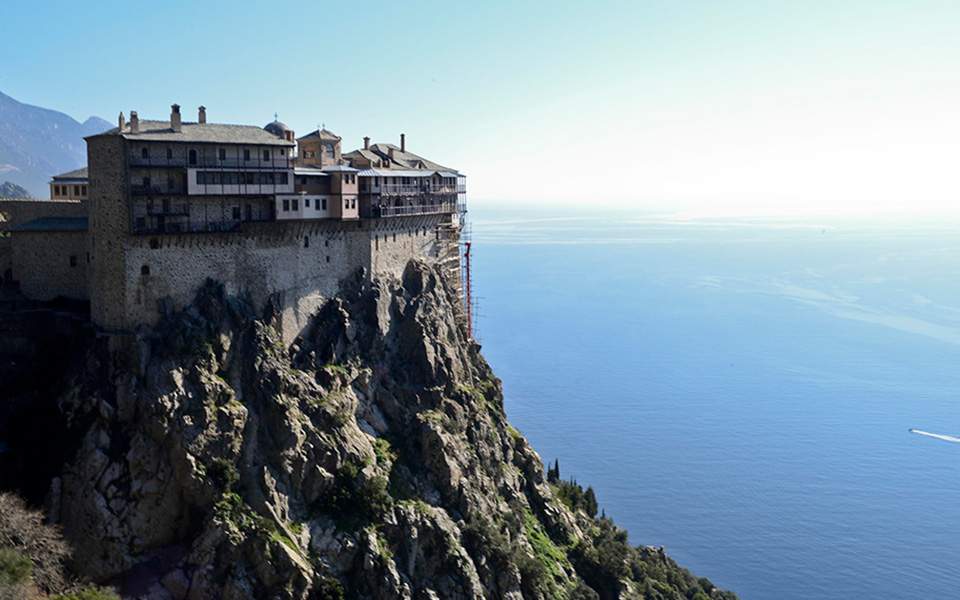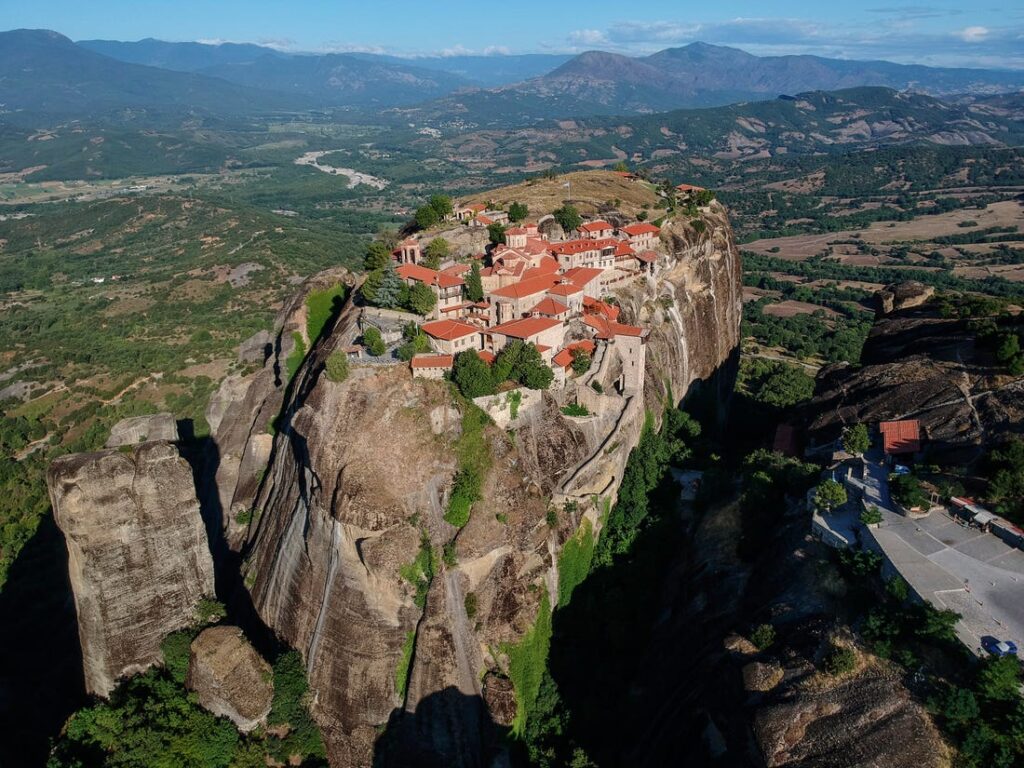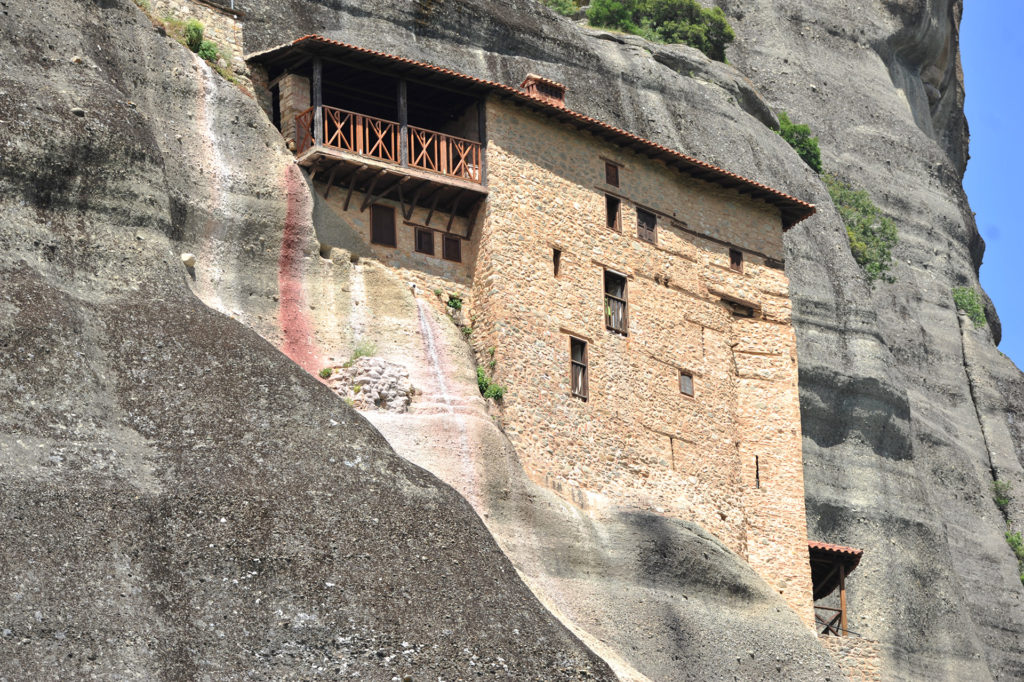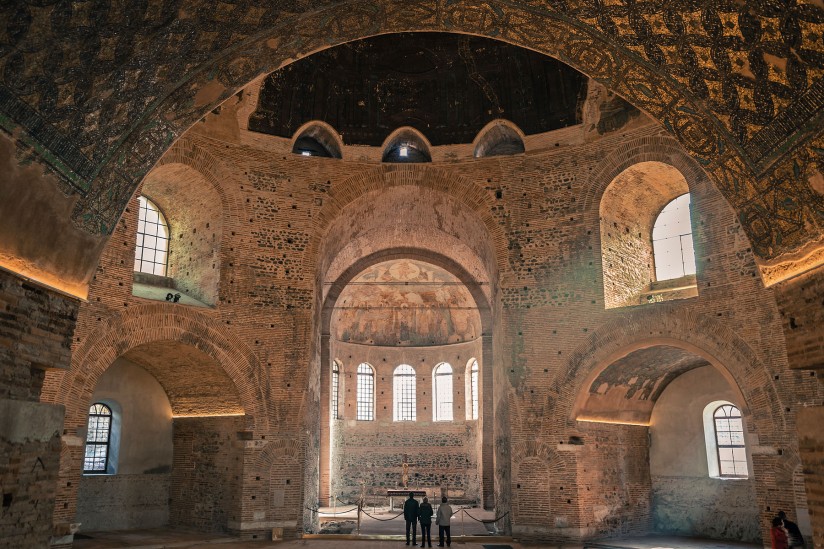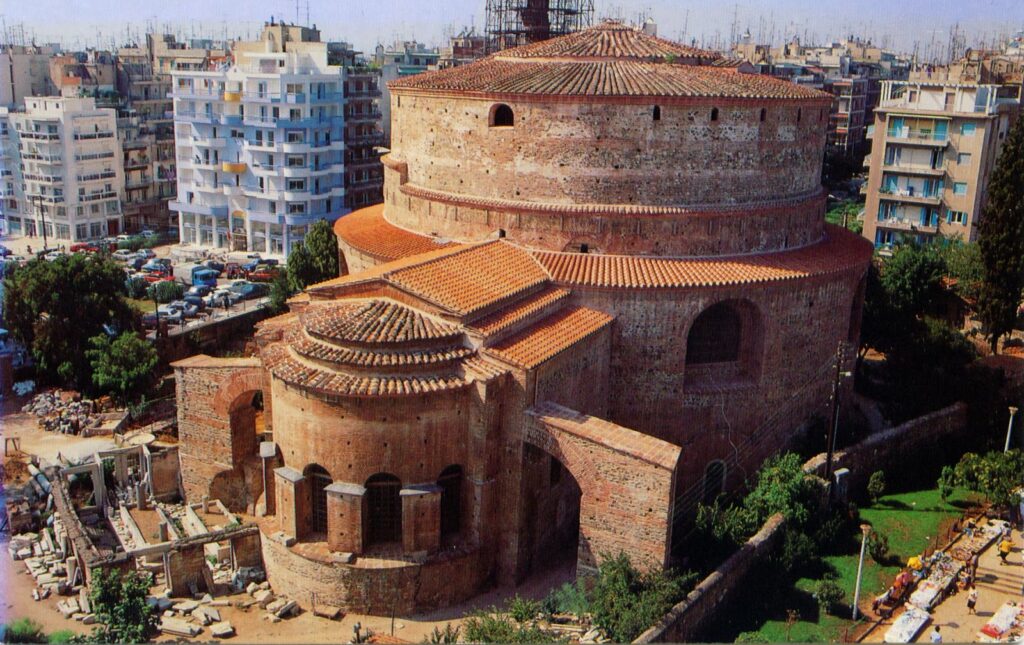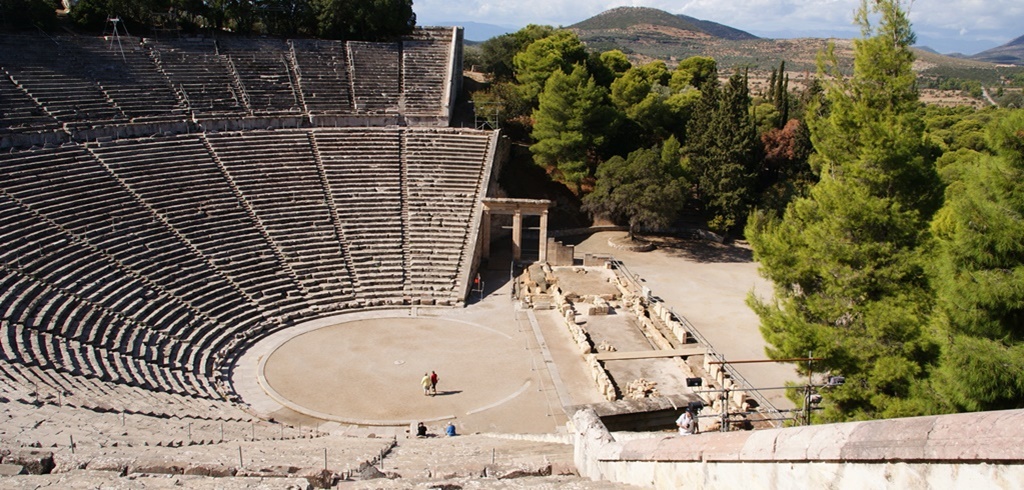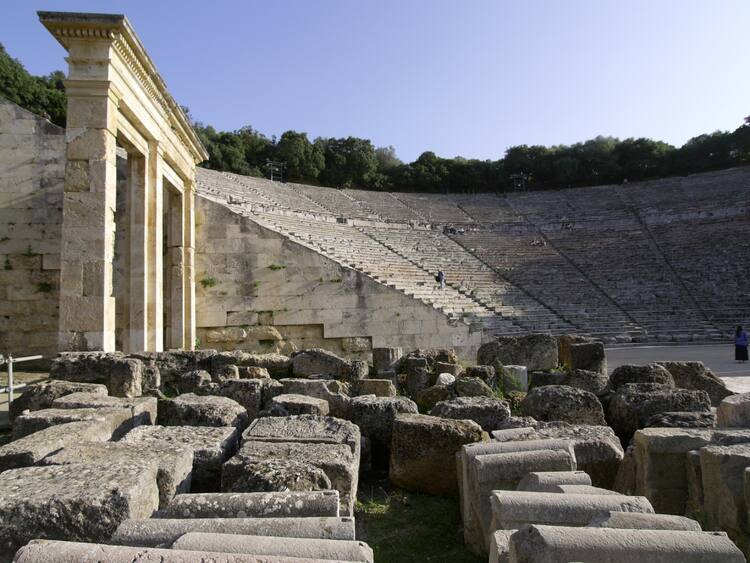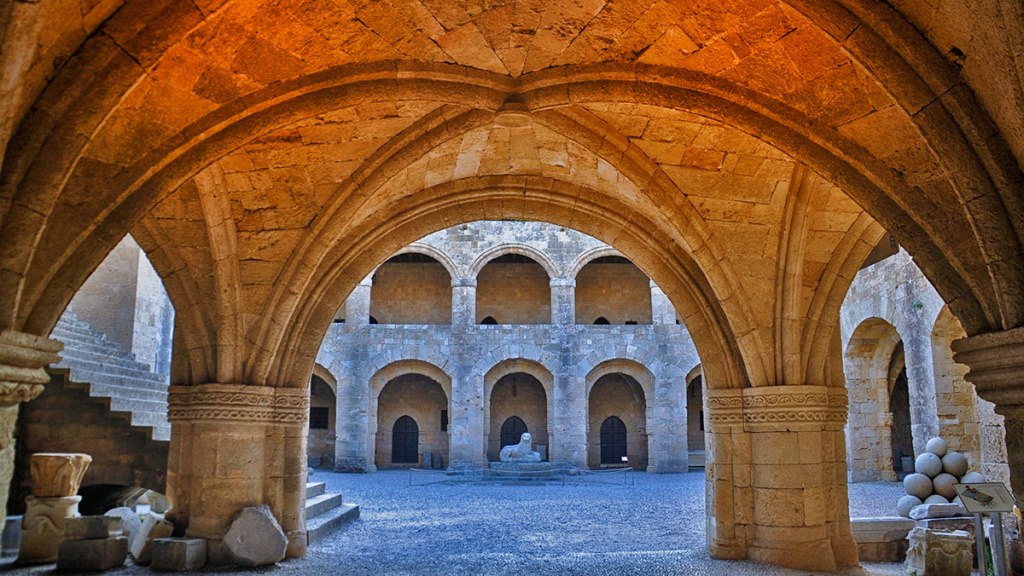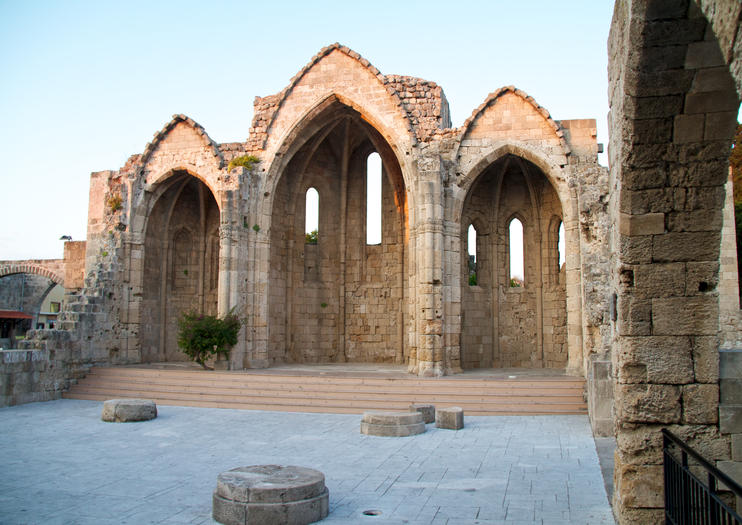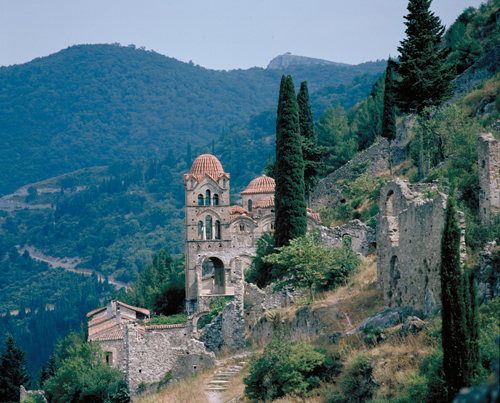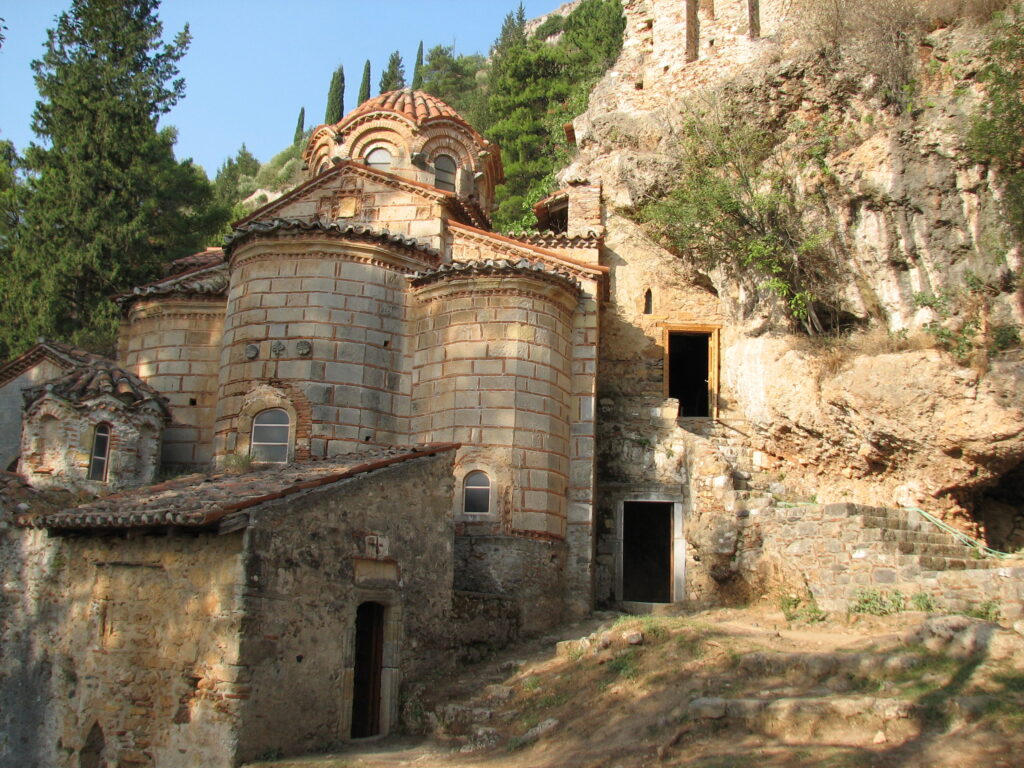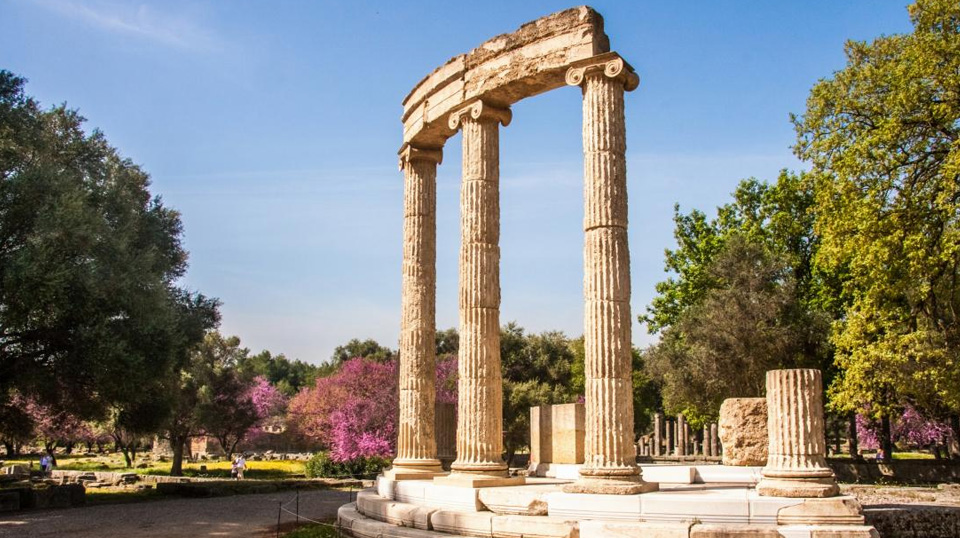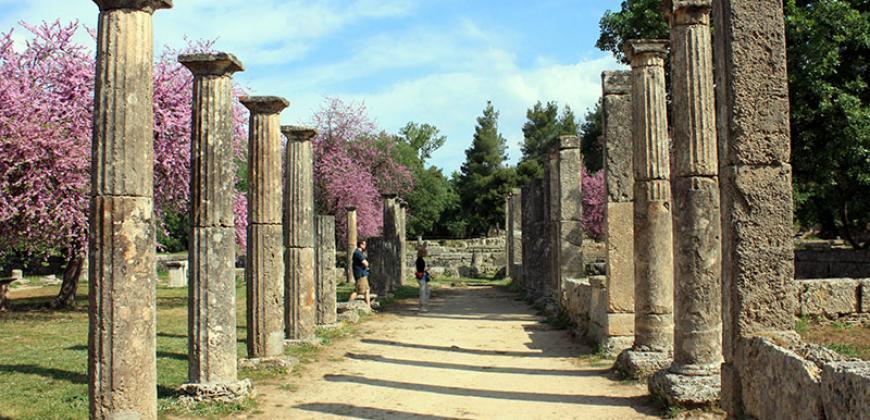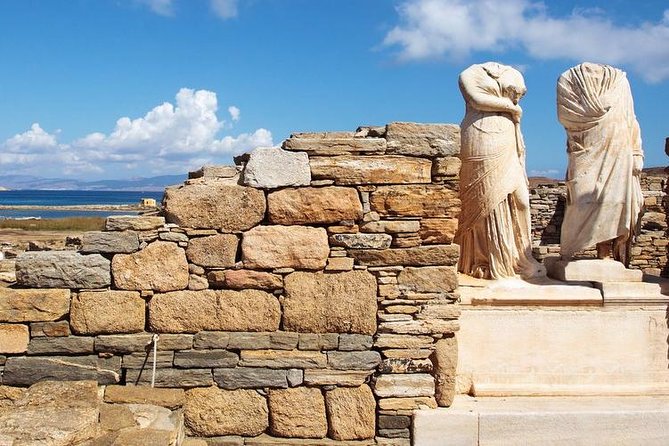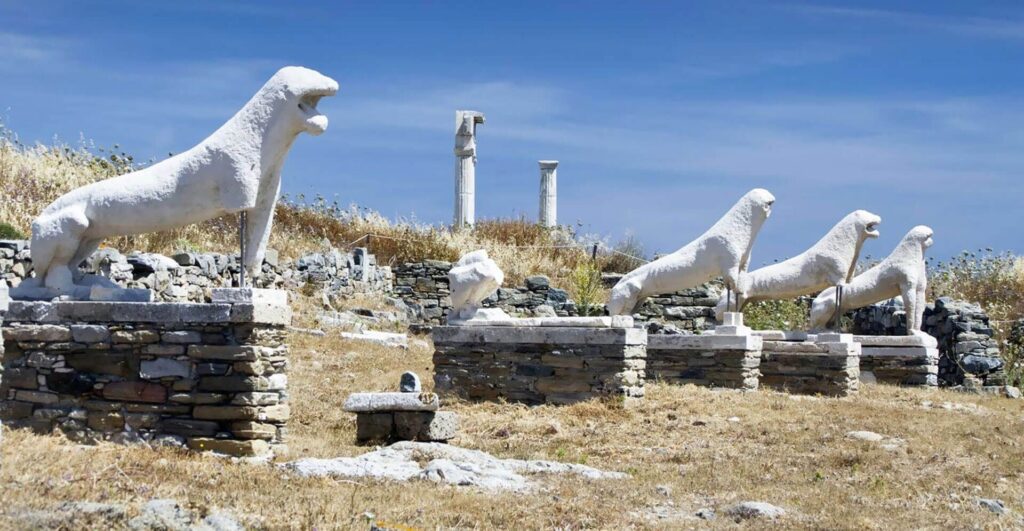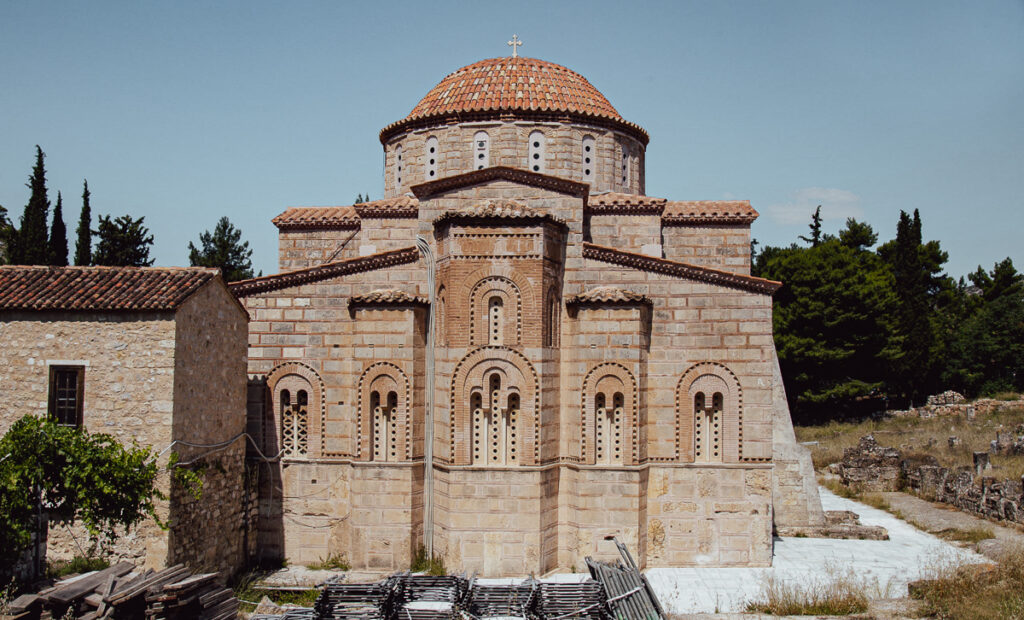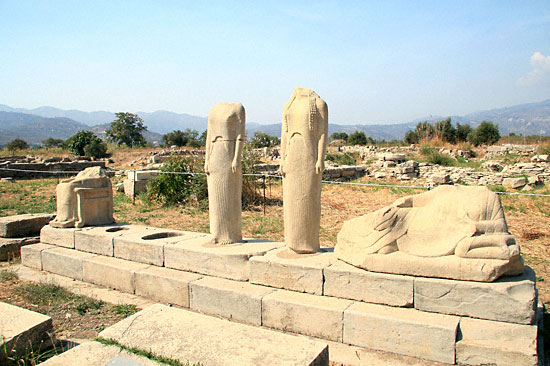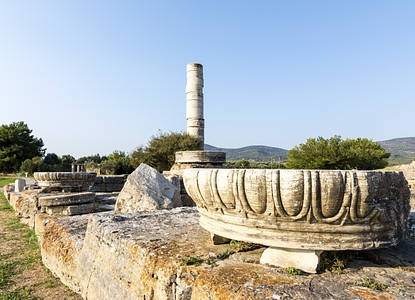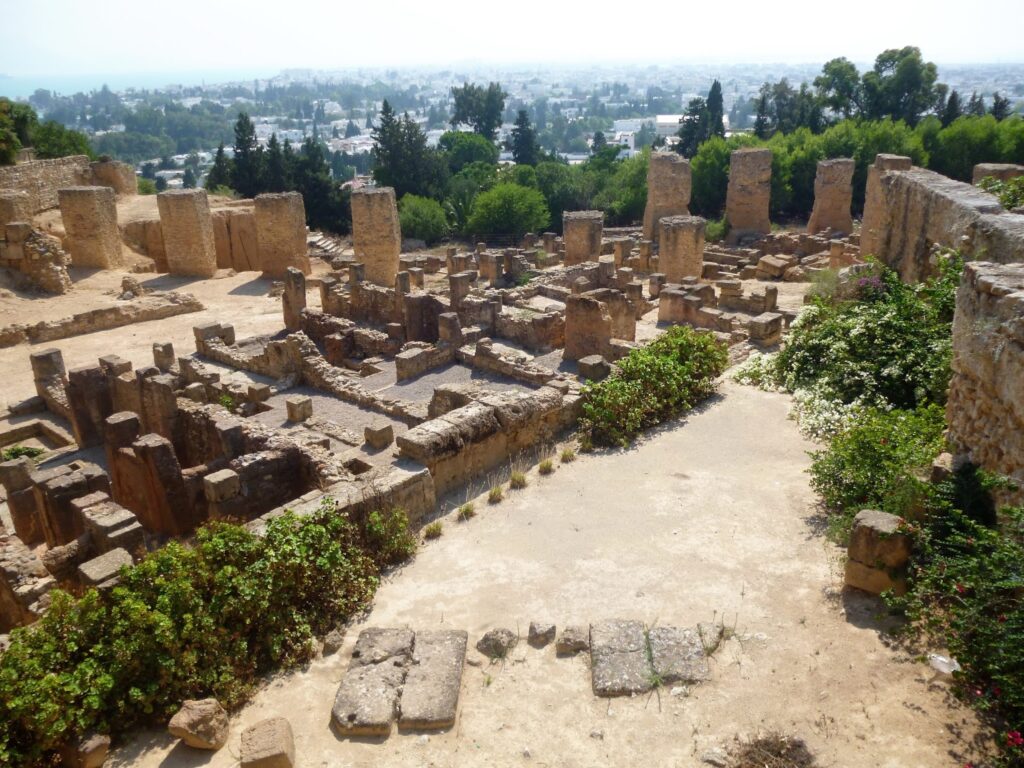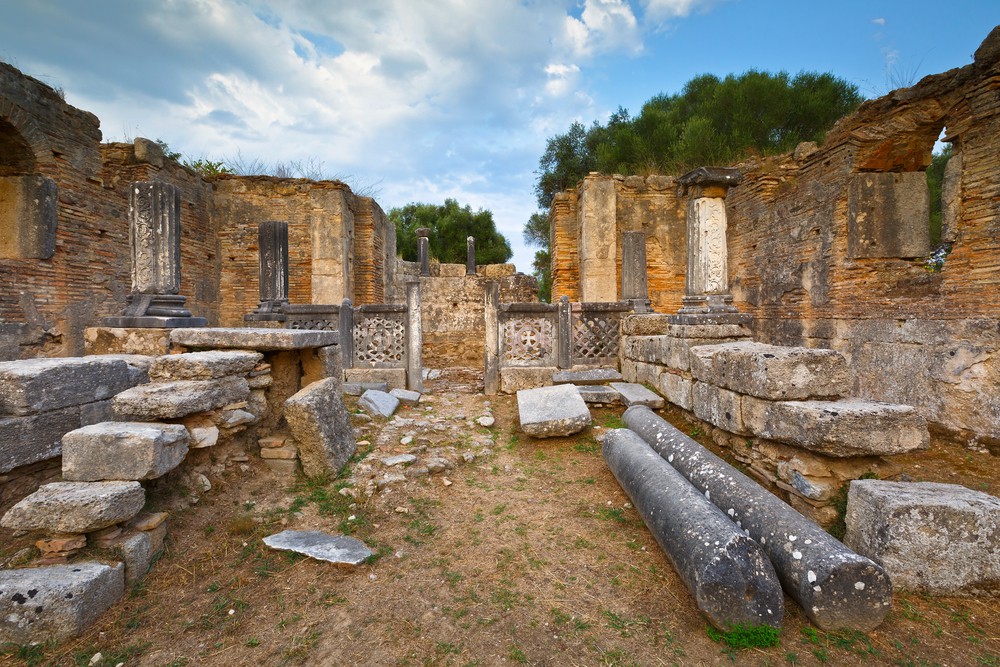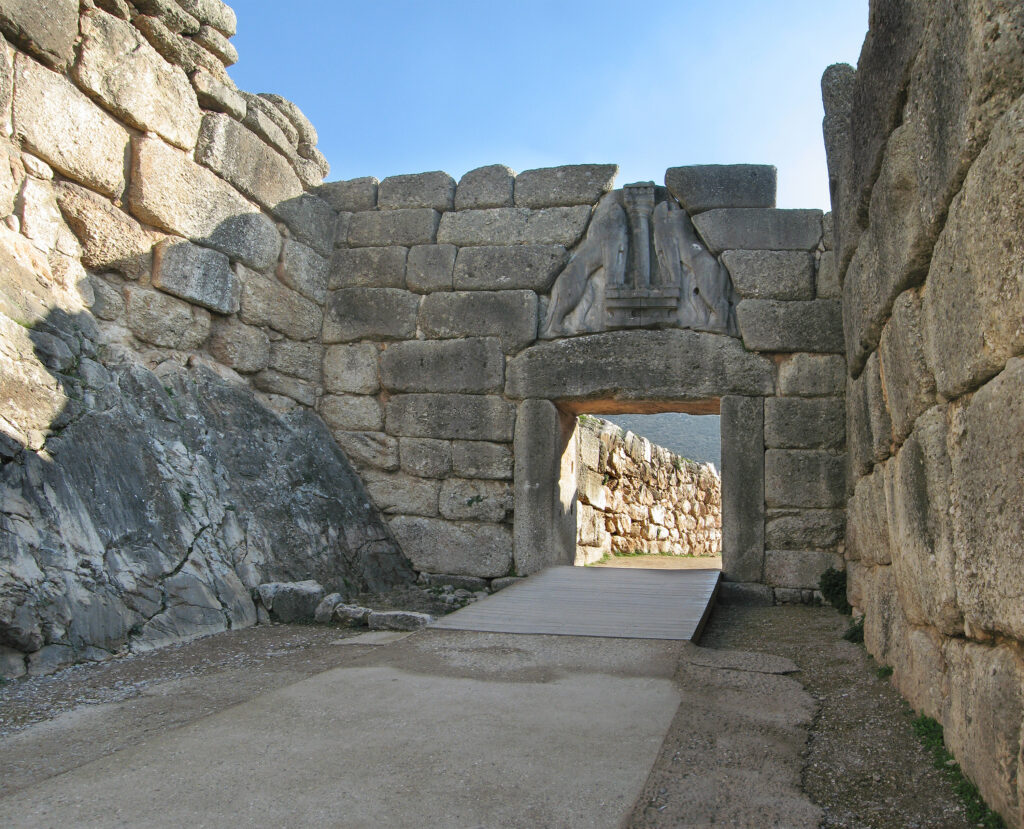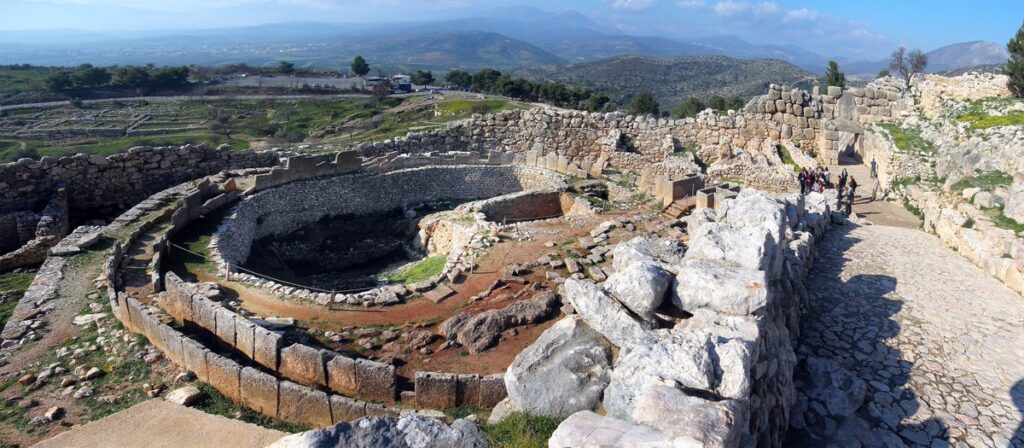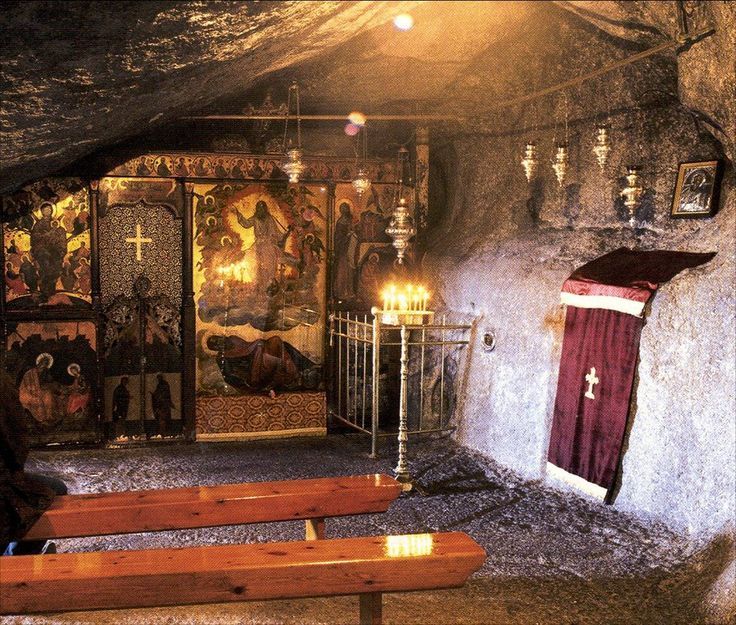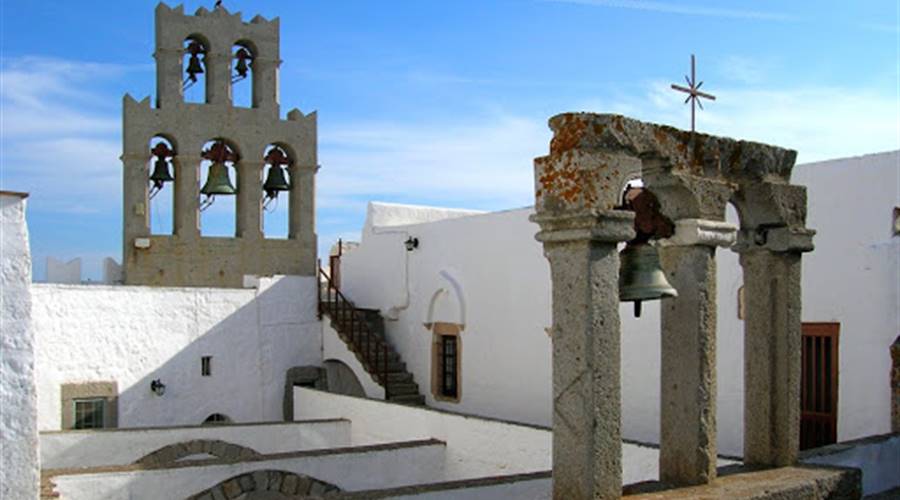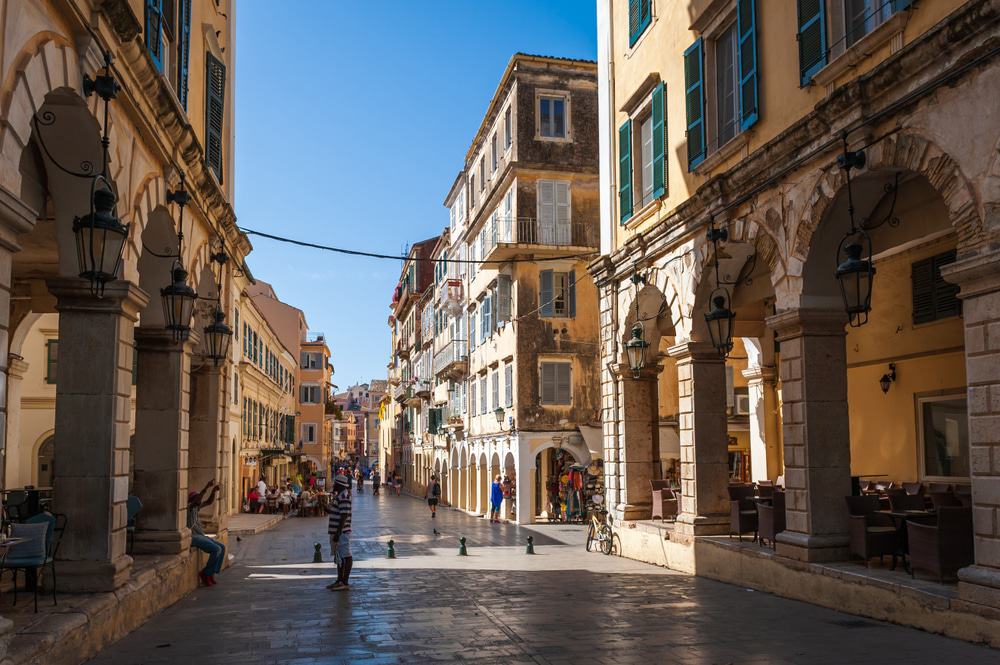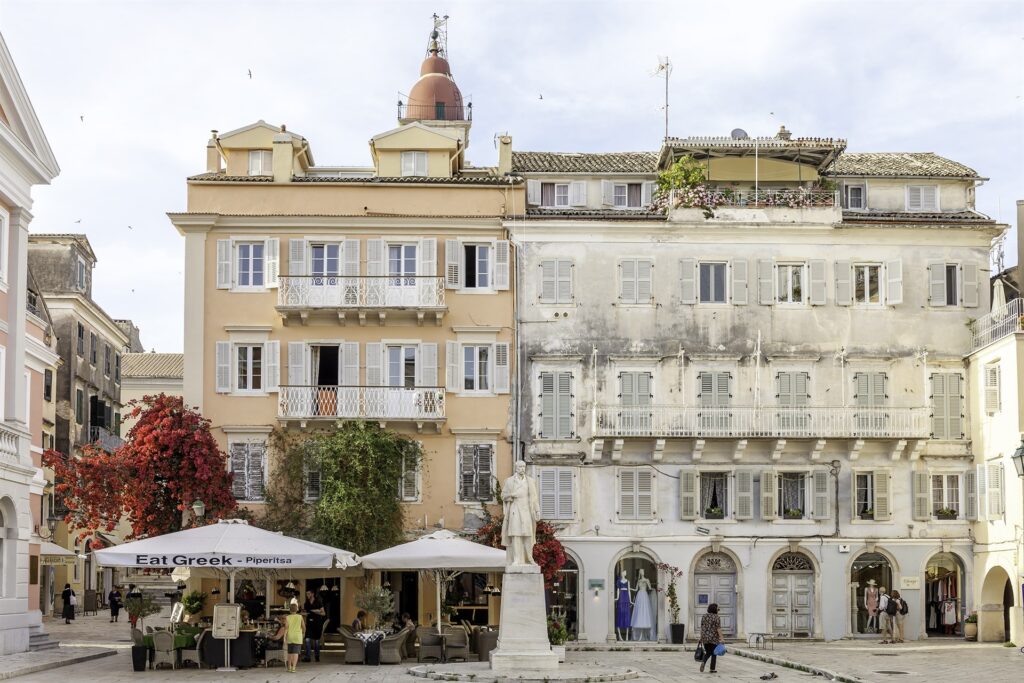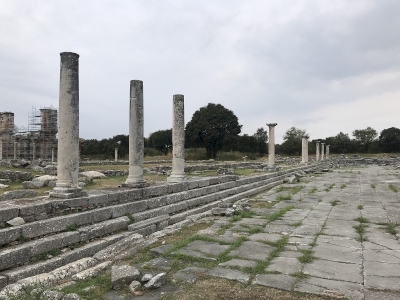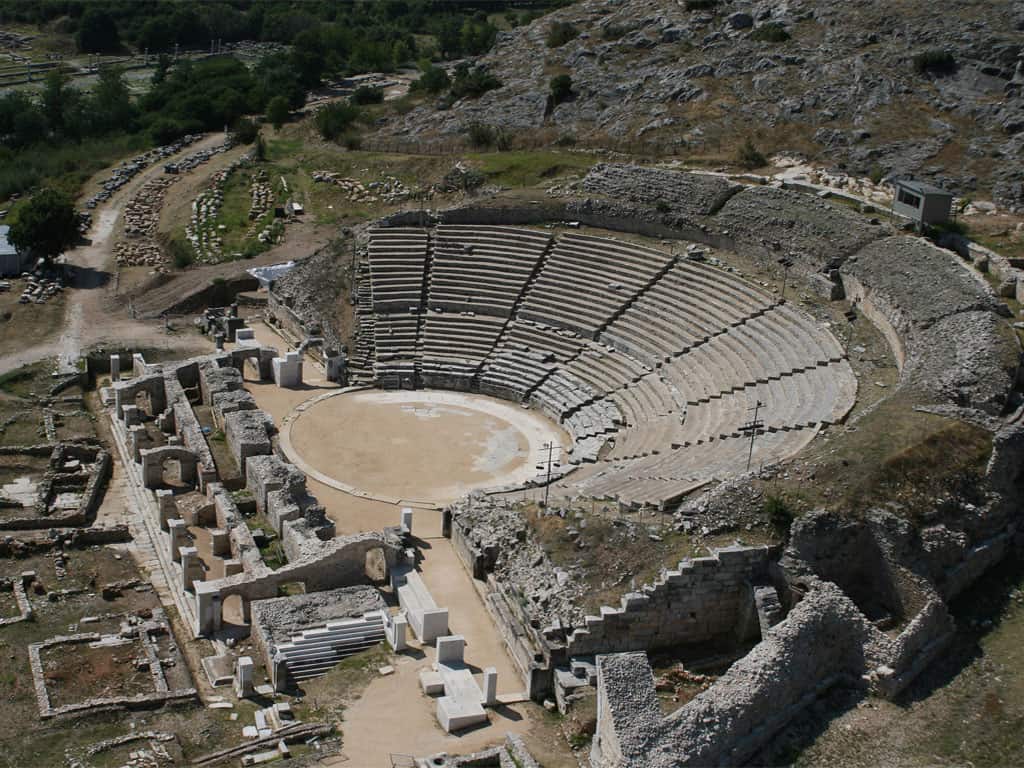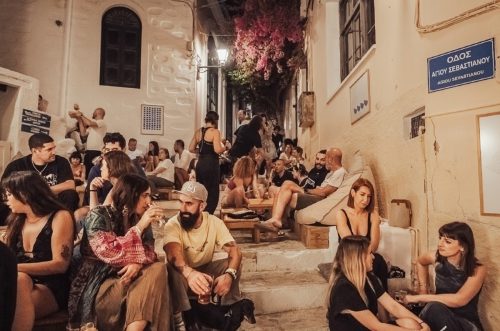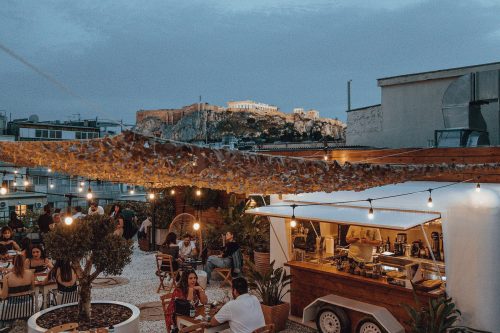Greece, with its rich history and culture, boasts a wide variety of monuments and archaeological sites. So it comes as no surprise there are currently 18 Greek monuments and areas given the distinction of being UNESCO World Heritage Sites.
In the list, 16 are cultural sites and two (Meteora and Mount Athos) are mixed, listed for both their natural and cultural significance. Currently, there are also 14 sites on the tentative list, all of which have been nominated and waiting to be added!
Temple of Apollo Epicurius at Bassae
The Temple of Apollo Epikourios—a World Heritage Site since 1986—is one of the most important temples of Antiquity and sits in the mountainous region of Andritsaina and Figalia (Bassae). It is one of the best-preserved monuments of classical antiquity and an evocative and poignant testament to classical Greek architecture. The temple was built at the height of the Greek civilization in the second half of the 5th century BC (420-400 BC).
Archaeological Site of Delphi
In Ancient Greece, Delphi was Greece’s most sacred place and was considered to be the navel of the world. The pan-Hellenic sanctuary of Delphi, where the oracle of Apollo spoke, was the site of the omphalos, the ‘navel of the world’. Blending harmoniously with the superb landscape and charged with sacred meaning, Delphi in the 6th century B.C. was indeed the religious centre and symbol of unity of the ancient Greek world.
Acropolis, Athens
The Acropolis of Athens and its monuments are universal symbols of the classical spirit and civilization and form the greatest architectural and artistic complex bequeathed by Greek Antiquity to the world.
Mount Athos
This is the spiritual capital of the Orthodox Christian world, consisting of 20 monasteries and approximately 2000 monks. An Orthodox spiritual centre since 1054, Mount Athos has enjoyed an autonomous statute since Byzantine times. The ‘Holy Mountain’, which is forbidden to women and children, is also a recognised artistic site.
Meteora
A region of almost inaccessible sandstone peaks, monks settled on these ‘columns of the sky’ from the 11th century onwards. Twenty-four of these monasteries were built, despite incredible difficulties, at the time of the great revival of the eremetic ideal in the 15th century. Their 16th-century frescoes mark a key stage in the development of post-Byzantine painting.
Paleochristian and Byzantine Monuments of Thessaloniki
Founded in 315 B.C., the provincial capital and seaport of Thessalonika was one of the first bases for the spread of Christianity. Among its Christian monuments are fine churches. Constructed from the 4th to the 15th century, the mosaics of the rotunda, Saint Demetrius and Saint David are among the great masterpieces of early Christian art.
Sanctuary of Asklepios at Epidaurus
In a small valley in the Peloponnesus, the shrine of Asklepios, the god of medicine, developed out of a much earlier cult of Apollo (Maleatas), during the 6th century BC at the latest, as the official cult of the city-state of Epidaurus. Its principal monuments, particularly the temple of Asklepios, the Tholos, and the Theatre – considered one of the purest masterpieces of Greek architecture – date from the 4th century.
Medieval City of Rhodes
The Order of St John of Jerusalem occupied Rhodes from 1309 to 1523 and came under Turkish and Italian rule. With the Palace of the Grand Masters, the Great Hospital, and the Street of the Knights, the Upper Town is one of the most beautiful urban ensembles of the Gothic period.
Archeological site of Mystras
Mystras, the ‘Wonder of the Morea‘, was built as an amphitheatre around the fortress erected in 1249 by the prince of Achaia, William of Villehardouin. Reconquered by the Byzantines, then occupied by the Turks and the Venetians, the city was abandoned in 1832, leaving only the breathtaking medieval ruins, standing in a beautiful landscape.
Archaeological Site of Olympia
The site of Olympia, in the Peloponnese, has been inhabited since prehistoric times. In the 10th century B.C., Olympia became a centre for the worship of Zeus. The Altis – the sanctuary to the gods – has one of the highest concentrations of masterpieces from the ancient Greek world.
Delos
According to Greek mythology, Apollo was born on this tiny island in the Cyclades archipelago. Apollo’s sanctuary attracted pilgrims from all over Greece and Delos was a prosperous trading port. The island bears traces of the succeeding civilizations in the Aegean world, from the 3rd millennium B.C. to the palaeochristian era. The archaeological site is exceptionally extensive and rich and conveys the image of a great cosmopolitan Mediterranean port.
Monasteries of Daphni, Hosios Loukas and New Mini of Chios
Although geographically distant from each other, these three monasteries belong to the same typological series and share the same aesthetic characteristics. The churches are built on a cross-in-square plan with a large dome. In the 11th and 12th centuries they were decorated with superb marble works as well as mosaics on a gold background, all characteristic of the ‘second golden age of Byzantine art’.
Pythagoreion and Heraion of Samos
Many civilizations have inhabited this small Aegean island, near Asia Minor, since the 3rd millennium B.C. The remains of Pythagoreion, an ancient fortified port with Greek and Roman monuments and a spectacular tunnel-aqueduct, as well as the Heraion, temple of the Samian Hera, can still be seen.
Archaeological Site of Aigai Vergina
The city of Aigai, the ancient royal capital of Macedon, was discovered in the 19th century. It is located between the modern villages of Palatitsia and Vergina, in Northern Greece (Region of Hemathia). At Aigai was rooted the royal dynasty of the Temenids, the family of Philip II and Alexander the Great.
Archaeological Site of Mycenae and Tiryns
The archaeological sites of Mycenae and Tiryns are the imposing ruins of the two greatest cities of the Mycenaean civilization, which dominated the eastern Mediterranean world from the 15th to the 12th century B.C. and played a vital role in the development of classical Greek culture.
Historic Centre with Monastery of Saint John the Theologian and the Cave of the Apocalypse on Patmos island
The small island of Pátmos is where St John the Theologian wrote both his Gospel and the Apocalypse. A monastery dedicated to the ‘beloved disciple’ was founded there in the late 10th century and it has been a place of pilgrimage and Greek Orthodox learning ever since. The fine monastic complex dominates the island.
Old Town of Corfu
The three forts of the town on the Ionian island, designed by renowned Venetian engineers, were used for four centuries to defend the maritime trading interests of the Republic of Venice against the Ottoman Empire. The mainly neoclassical housing stock of the Old Town is partly from the Venetian period. As a fortified Mediterranean port, Corfu’s urban and port ensemble is notable for its high level of integrity and authenticity.
Archaeological Site of Phillippi
The remains of this walled city lie at the foot of an acropolis in north-eastern Greece, on the ancient route linking Europe and Asia, the Via Egnatia. Founded in 356 BC by the Macedonian King Philip II, the city developed as a “small Rome” with the establishment of the Roman Empire in the decades following the Battle of Philippi, in 42 BC. Later the city became a centre of the Christian faith following the visit of the Apostle Paul in 49-50 AD. The remains of its basilicas constitute an exceptional testimony to the early establishment of Christianity.
Source: whc.unesco
Cover image @Greeka

